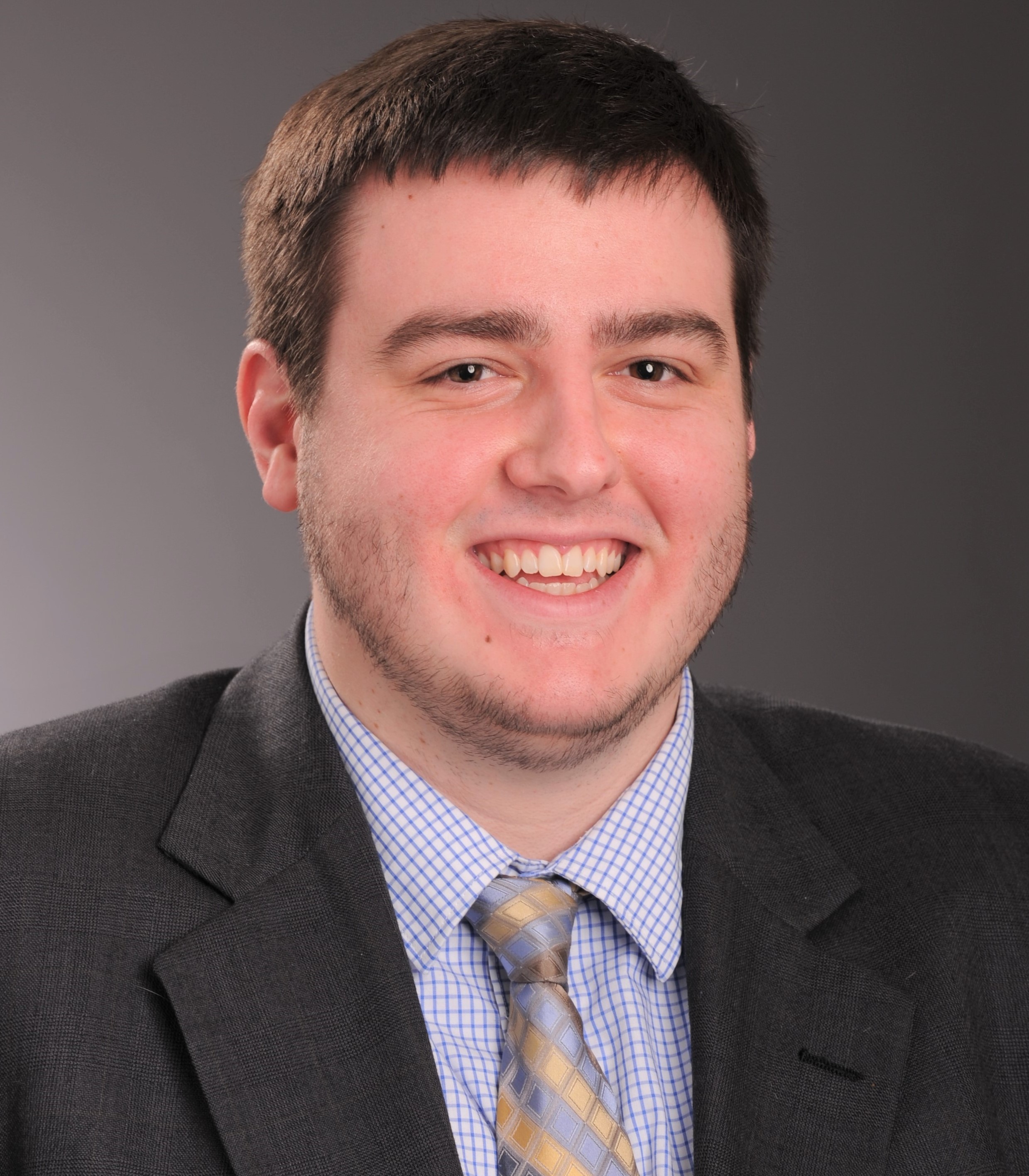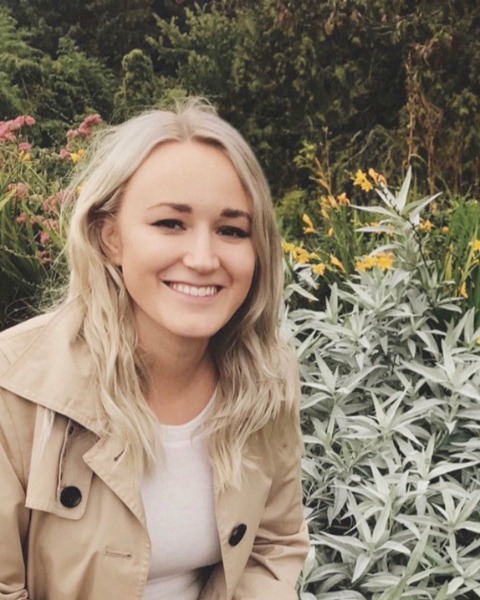Trauma and Stressor Related Disorders and Disasters
SSCP Submission: Longitudinal Prediction of Posttraumatic Stress Symptoms Following Two “Armed and Dangerous Person” University Lockdowns
(SSCP1-7) SSCP Submission: Longitudinal Prediction of Posttraumatic Stress Symptoms Following Two “armed and Dangerous Person” University Lockdowns

Joseph B. Friedman, B.A.
Clinical Psychology Ph.D. Student
University of North Carolina at Chapel Hill
Chapel Hill, North Carolina, United States- SW
Spence Whitman, None
Research Assistant
University of North Carolina at Chapel Hill
Chapel Hill, North Carolina, United States 
Emily DeVille, B.A.
Student
University of North Carolina at Chapel Hill
Rescue, California, United States- PA
Penelope Alberdi, None
Research Assistant
University of North Carolina at Chapel Hill
Hampstead, North Carolina, United States - MT
Maya E. Tadross, B.S.
Study Coordinator
UNC Chapel Hill
Chapel Hill, North Carolina, United States 
Chase M. DuBois, B.A.
Research Assistant
University of North Carolina at Chapel Hill
Chapel Hill, North Carolina, United States
Emily K. Juel, B.S.
Graduate Student
University of North Carolina at Chapel Hill
Chapel Hill, North Carolina, United States
Nicholas S. Myers, M.A.
Graduate Student
University of North Carolina at Chapel Hill
Chapel Hill, North Carolina, United States
Heidi J. Ojalehto, M.A.
Doctoral Student
University of North Carolina at Chapel Hill
Durham, North Carolina, United States
Jonathan S. Abramowitz, Ph.D.
Professor of Psychology
University of North Carolina at Chapel Hill
Chapel Hill, North Carolina, United States
Author(s)
Co-Author(s)
Background:
Many individuals experience posttraumatic stress symptoms (PTSS) in the aftermath of traumatic events. As gun violence and subsequent lockdowns become increasingly common on U.S. college campuses, improving our understanding of the factors that confer risk for PTSS following these events could enhance our ability to identify vulnerable populations and implement targeted interventions as early as possible. While previous research has established posttraumatic cognitions (PTC) and avoidance coping strategies as predictors of PTSS, little work has examined these factors at the community level following emergency lockdowns. The present study thus aimed to evaluate the extent to which PTC and avoidance coping longitudinally predict PTSS above and beyond peritraumatic perceptions of fear.
Method:
In the immediate aftermath (T1; 2-4 weeks later) of a fatal shooting and two “armed and dangerous person” university lockdowns, 80 adult members of a university community (e.g., students, staff, and faculty) completed self-report measures of peritraumatic fear of serious injury/death during the lockdowns (0-4 Likert-scale rating), PTC (Posttraumatic Cognitions Inventory, PTCI), and avoidance coping (a latent factor of the Brief COPE). Participants then completed the Posttraumatic Checklist for DSM-5 (PCL-5), a measure of PTSS severity, 8 weeks later (T2). Correlations assessed bivariate relationships among variables. A hierarchical regression examined T1 variables as predictors of T2 PCL-5 scores (block 1: peritraumatic fear; block 2: PTCI total, Brief COPE-Avoidance). A second hierarchical regression tested if PTCI subscales were unique predictors of PTSS (block 1: peritraumatic fear; block 2: PTCI-Negative Views of Self, PTCI-Negative Views of World, PTCI-Self-Blame).
Results:
All study measures were significantly correlated (rs = .252-.944) except PTCI-Self-Blame and peritraumatic fear (p = .16). The final model of T1 factors predicting T2 PCL-5 scores was significant, and the explained variance significantly increased with the addition of PTCI and Brief COPE-Avoidance scores (ΔR2 = .133, p < .001). Both peritraumatic fear and PTCI (ps < .001) emerged as significant unique predictors of PCL-5 scores; however, Brief COPE-Avoidance did not (p = .149). Within the second regression predicting T2 PCL-5 with T1 PTCI subscales, the final model was also significant. Addition of the three PTCI subscales significantly increased the explained variance (ΔR2 = .148, p < .001). Peritraumatic fear (p < .001) and PTCI-Negative Views of World (p = .002) were significant predictors independent of one another, whereas PTCI-Negative Views of Self and PTCI-Self-Blame were not (ps > .237).
Conclusions:
PTC uniquely predicted PTSS severity above and beyond peritraumatic fear experienced during the lockdowns. In particular, negative views of the world emerged as a significant predictor of PTSS severity after accounting for peritraumatic fear, suggesting that beliefs about heightened external threat following trauma may maintain PTSS. Future research is encouraged to explore long-term predictors of PTSS following emergency lockdowns, and to assess if interventions aimed at altering PTC prospectively predict decreased PTSS.

.png)
